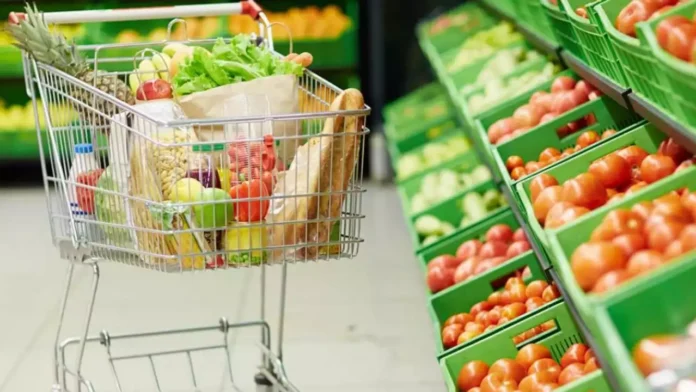Despite facing intense competition from quick commerce channels, organized brick-and-mortar food and grocery (F&G) retailers are poised for robust revenue growth of 14-15% in fiscal 2025, fueled by sustained healthy demand and expansion into under-penetrated Tier II and III cities.
This marks three consecutive years of robust growth, following a 30% increase in the last fiscal year and an anticipated 15% growth in the current one. Nevertheless, the modest demand in the discretionary segment, encompassing general merchandise such as crockery, home appliances, utensils, and apparel, due to inflationary pressures, is expected to constrain the sector’s operating margin within the range of 6.0-6.5% in the current and upcoming fiscal years (compared to 6.9% in the last fiscal year).
“Healthy demand outlook and low organised penetration will ensure mid-teens revenue growth for F&G retailers this fiscal and the next. We expect area addition of CRISIL Ratings-rated players to increase 20% cumulatively over fiscals 2024 and 2025 on a high base following a substantial increase of 40% in fiscals 2022 and 2023. Incumbent retailers are also expanding into omnichannel platform – includes brick-and-mortar stores and online formats – to compete with quick commerce players. But then, they will ensure calibrated investments to restrict cash burn in the online format,” said Poonam Upadhyay, Director, CRISIL Ratings.
Just to note, F&G retailers derive 75-77% of their revenue from food and non-food grocery, with the remaining portion coming from the sale of discretionary products at F&G outlets. Additionally, the discretionary segment provides F&G retailers with relatively higher profit margins.
Capital expenditure (capex) spending in the segment is expected to stay robust. Nevertheless, robust cash flows and a consistent working capital cycle will restrict the reliance of players on external debt, thereby ensuring resilient balance sheets and stable credit profiles.
An analysis by CRISIL Ratings of six players, representing one-fourth of the INR 2.4 lakh crore organized Food and Grocery (F&G) market in the last fiscal year, affirms this observation.
Despite the normalization in the rate of expansion in the area under operations, the sector’s revenue density (revenue per square foot, or sq ft) is projected to be INR 33,600 in the next fiscal year. This figure remains 10% below the pre-pandemic peak, as illustrated in the annexure chart. The main factor contributing to this is the slower-than-anticipated increase in the number of store openings over the past two fiscal years, particularly in metros and Tier I cities, attributed to heightened competition from the quick commerce segment.
While quick commerce is projected to experience strong growth of 30% in the medium term, its market share within the Food and Grocery (F&G) segment is anticipated to hover around 9-11%, with the brick-and-mortar format maintaining dominance. Nevertheless, organized brick-and-mortar retailers are actively investing in omnichannel offerings to improve customer convenience, responding to the increasing popularity of quick commerce.
Due to ongoing inflationary pressures, demand from the discretionary segment is foreseen to stay modest, with its share decreasing to 22-23% from approximately 29% before the pandemic. As the contribution from this segment is expected to remain subdued in fiscal 2025, it will impact the gross margins of F&G retailers. Nevertheless, the advantages of operating leverage resulting from increased revenues are anticipated to counterbalance this impact, maintaining operating profitability within the range of 6.0-6.5% in the current and upcoming fiscal years.
Shounak Chakravarty, Associate Director, CRISIL Ratings, said “Strong cash flows and well-managed working capital will obviate any need for material debt raising, leading to continued healthy balance sheets for CRISIL Ratings-rated F&G players.”





